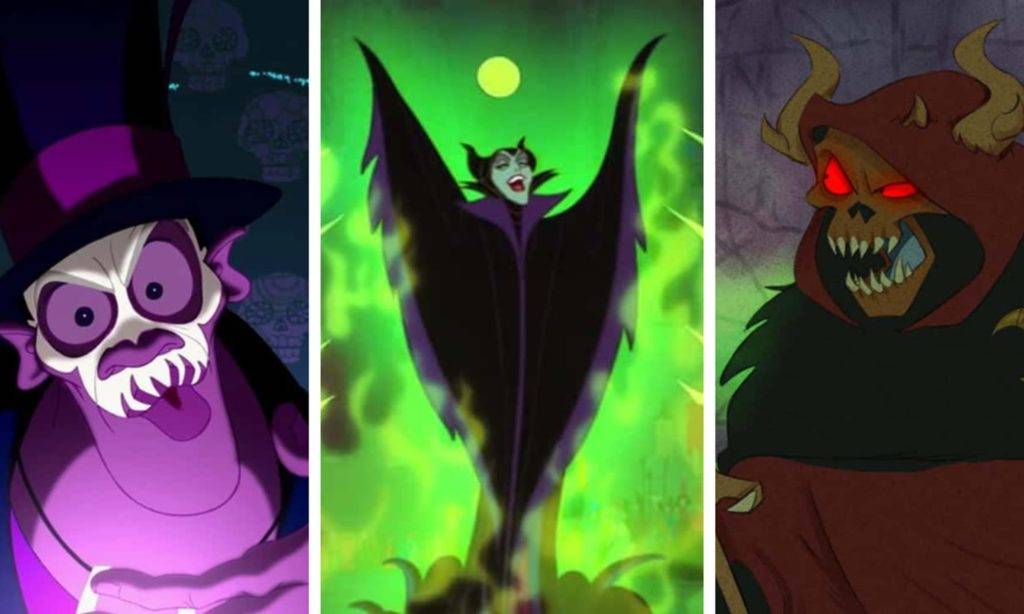
Unveiling the Sinister Role of the Evil Vizier in Fiction: A Comprehensive Exploration
In the realm of fiction, few characters embody cunning and treachery as profoundly as the Evil Vizier. Often lurking in the shadows, these sinister advisors wield power and influence, manipulating events to serve their own nefarious agendas. From ancient folklore to modern-day novels and films, the Evil Vizier has remained a captivating and timeless archetype, captivating audiences with their Machiavellian schemes and dark charisma.

The Origins of the Evil Vizier Archetype
The archetype of the Evil Vizier can be traced back to ancient tales and folklore from around the world. In many cultures, the vizier was a trusted advisor to the ruler, responsible for managing the affairs of the state. However, in some stories, this character evolved into a malevolent figure, using their position to seize power for themselves.
One of the earliest examples of the Evil Vizier archetype can be found in the story of “Scheherazade” from the Arabian Nights. In this tale, the vizier’s treachery is exposed when he attempts to usurp the throne from the rightful ruler. This motif of the treacherous advisor recurs in many other stories, including the legend of “Jafar” in the story of Aladdin, where the vizier plots to overthrow the Sultan and rule the kingdom.
The Characteristics of the Evil Vizier
The Evil Vizier is characterized by several key traits that set them apart from other villains. Firstly, they are often depicted as highly intelligent and manipulative, able to outwit their enemies and orchestrate complex schemes with ease. Secondly, they are usually motivated by a thirst for power and control, willing to go to any lengths to achieve their goals. Finally, they are adept at hiding their true intentions, often masquerading as loyal servants while secretly working to undermine their ruler.
The Role of the Evil Vizier in Fiction
In fiction, the Evil Vizier serves several important functions within the narrative. Firstly, they provide a formidable antagonist for the protagonist to overcome, creating tension and conflict that drives the story forward. Secondly, they serve as a cautionary tale about the dangers of unchecked ambition and the corrupting influence of power. Finally, they add depth and complexity to the story, often revealing unexpected layers of intrigue and deception.
Examples of the Evil Vizier in Literature and Film
The archetype of the Evil Vizier has appeared in a wide range of literary works and films, captivating audiences with their dark charisma and villainous machinations. One of the most iconic examples is the character of “Jafar” from Disney’s Aladdin, whose cunning and treachery make him a formidable foe for the titular hero.
Another example is the character of “Cardinal Richelieu” from Alexandre Dumas’ novel “The Three Musketeers.” As the chief minister to the King of France, Richelieu is a master manipulator, using his power to advance his own political agenda and eliminate his enemies.
The Enduring Appeal of the Evil Vizier Archetype
Despite their sinister nature, Evil Viziers continue to captivate audiences with their complex motivations and dark charisma. Their ability to manipulate events from behind the scenes, coupled with their intelligence and cunning, make them compelling and memorable villains.
In conclusion, the Evil Vizier archetype remains a powerful and enduring figure in fiction, embodying the dangers of unchecked ambition and the corrupting influence of power. Whether they are plotting to overthrow a kingdom or seize control of a magical artifact, these treacherous advisors continue to captivate audiences with their dark charisma and villainous machinations.
What happened to Dale Robertson’s horse Jubilee?
What does it mean when a lizard poops on you?
What is the meaning of 18 bills in a debut?
What is the most expensive item on TF2?
